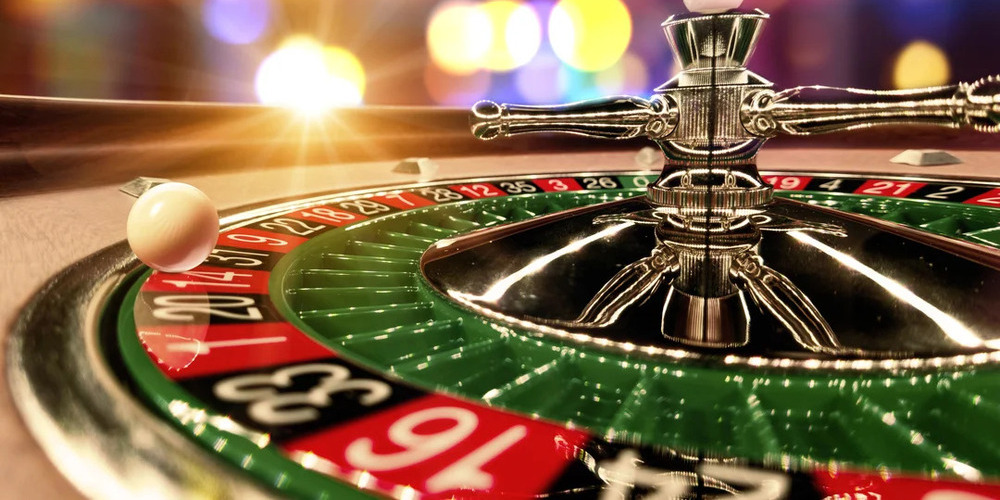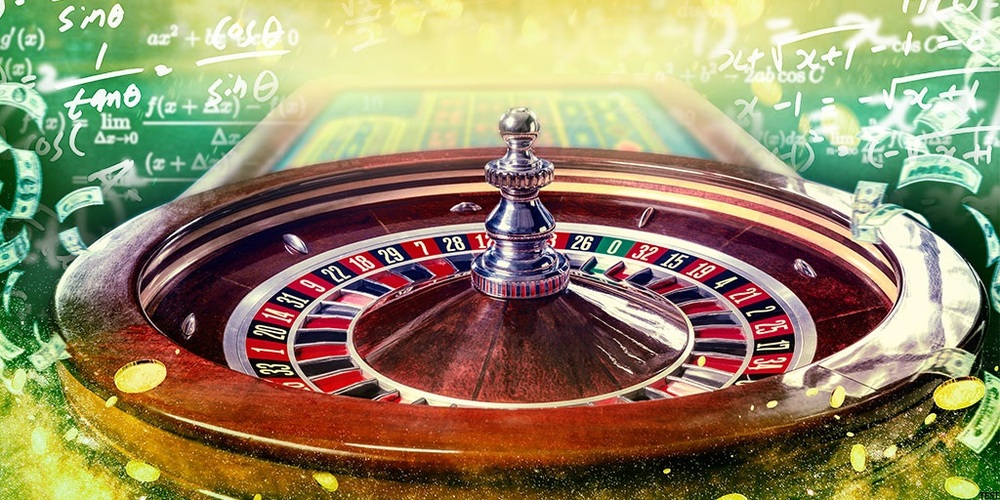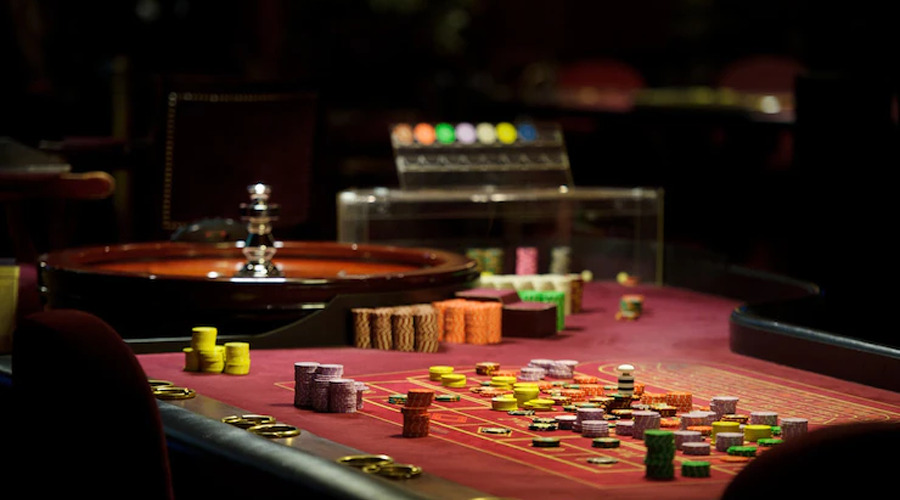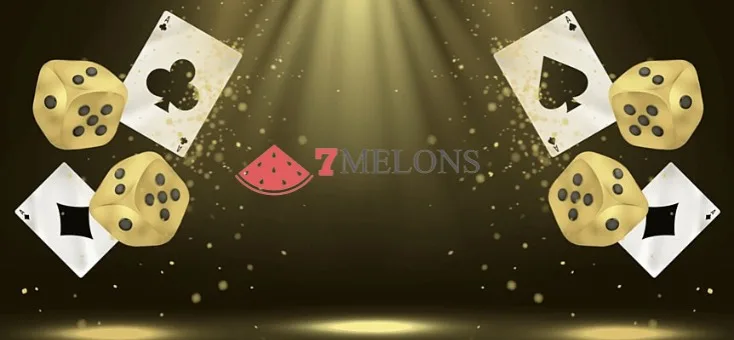Unveiling the Deception: How Players Cheat at Roulette

Roulette, derived from the French word meaning “little wheel,” is a timeless game of chance that captivates its audience with the allure of big wins and thrilling uncertainty. But where there’s a will, there’s often a way, and over time, some players have tried to outsmart the odds through devious methods. While we neither encourage nor endorse these practices, we aim to educate our readers about these methods, fostering awareness and promoting fair play.
Roulette Defects
The elegance of the roulette wheel can be deceptive. Even though the finest craftsmanship goes into its making, a roulette wheel is not immune to wear and tear or subtle imperfections. Some players exploit these weaknesses in what’s known as “biased wheel” play.
Over time, every roulette wheel develops slight but noticeable patterns due to microscopic dents, imbalanced weight, or slight decays. A biased wheel may favor certain numbers or sections, and sharp players might catch on to these patterns, wagering heavily on the favored areas to exploit the bias.
However, detecting a bias is not a straightforward process. It requires extensive observation, note-taking, and analysis, sometimes spanning thousands of spins. In modern casinos, regular maintenance and electronic monitoring systems work to keep the wheel’s randomness in check, making the task even more daunting for cheaters.
Sleight of Hand
While roulette defects capitalize on wheel biases, sleight of hand manipulates the betting process directly. The classic technique in this category is known as “past posting.” It involves placing or altering bets once the result is known, capitalizing on the hectic nature of the roulette table.
In past posting, players aim to distract the dealer or employ quick hand movements to sneak in extra chips on the winning number. Similarly, “pinching” involves removing a losing bet from the table unnoticed. While these techniques might sound feasible, in reality, they require extraordinary dexterity, nerve, and timing.
With the advent of advanced surveillance systems, performing such cheats has become increasingly challenging. CCTV cameras, known as “the eye in the sky,” and vigilant croupiers make it extremely risky to attempt these maneuvers in a modern casino environment.

Collusion with the Croupier
Colluding with the dealer or croupier is perhaps one of the most scandalous methods used to cheat at roulette. A dishonest dealer can have a significant influence on the game outcome.
Methods of collusion can range from subtle hand signals and secret codes to more complex strategies like “section shooting.” In section shooting, a skilled croupier aims to land the ball in a specific sector of the wheel, usually in response to a signal from a player.
This method demands exceptional skill and a strong understanding of the roulette wheel on the part of the dealer. It also carries a significant risk for both parties involved, as detection can lead to severe penalties, including job loss, fines, and potential jail time.
Conclusion
These deceptive practices underscore the dark underbelly of casino gambling, a world away from the glittering lights and entertaining games. It’s important to note that casinos are well-armed against such tricks today. High-tech surveillance, sophisticated wheel design, and thorough dealer training make the risk far outweigh the potential reward for would-be cheaters.
Therefore, the best strategy remains to enjoy the game for what it is – a thrilling game of chance. After all, it’s the unpredictability of the spin that makes roulette so captivating, isn’t it? Always remember: the house may have the edge, but fair play is the real winner in the long run.





